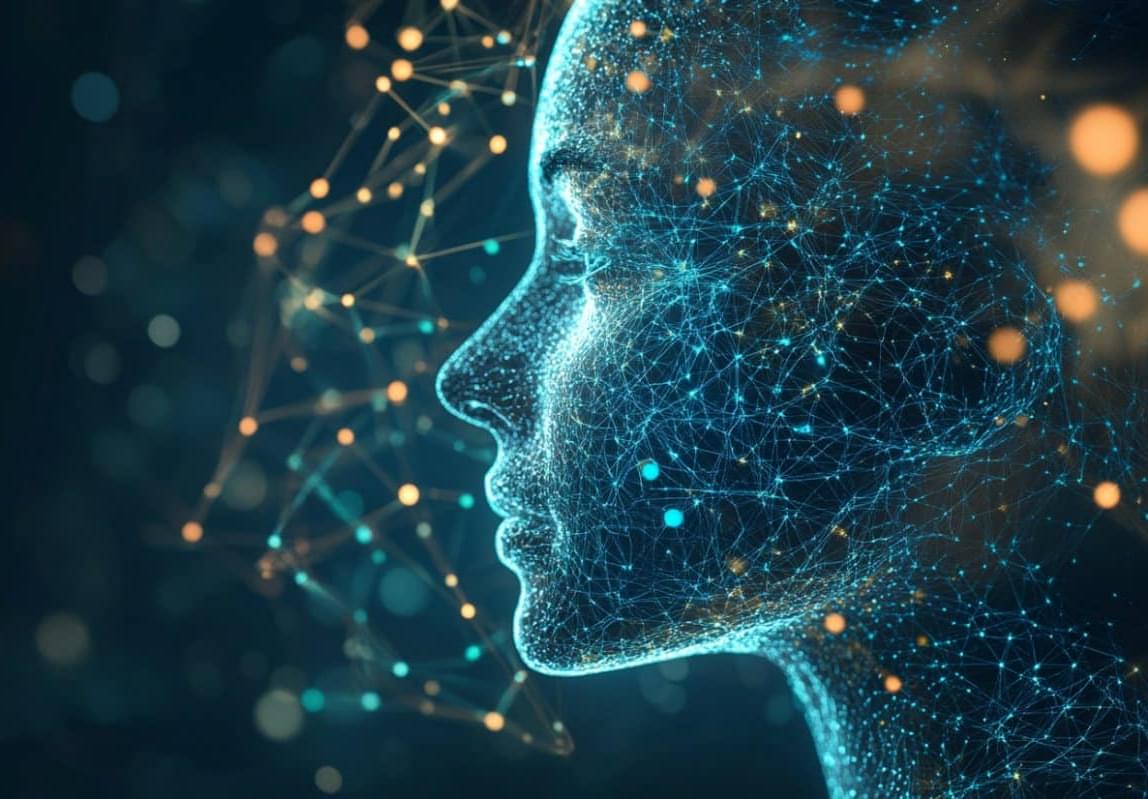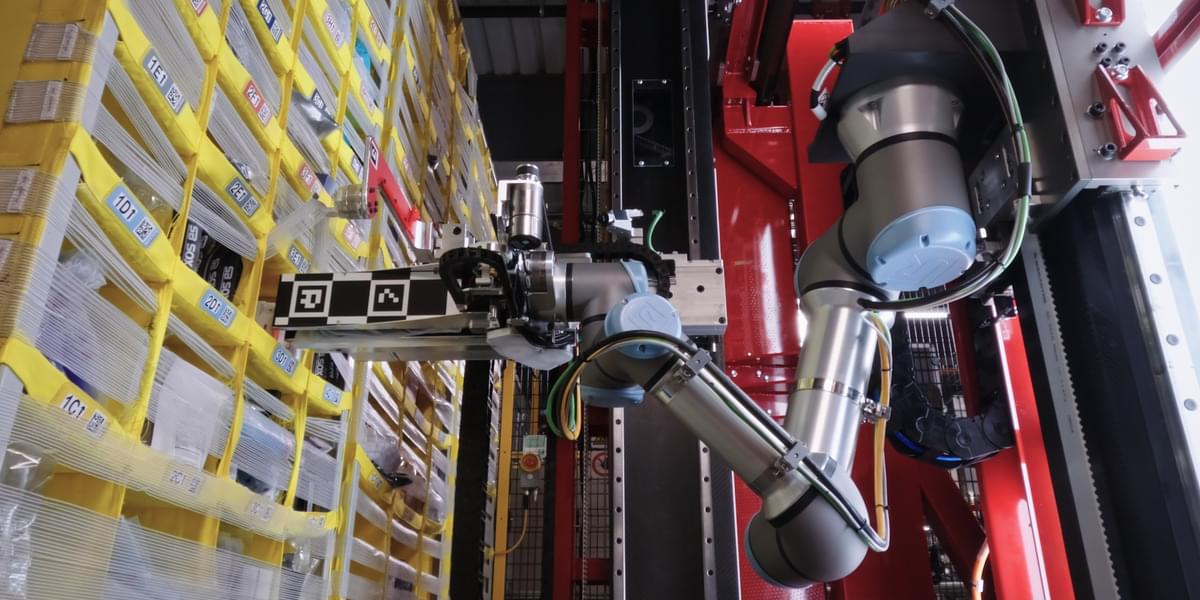It’s spring, the birds are migrating and bird flu (H5N1) is rapidly evolving into the possibility of a human pandemic. Researchers from the University of Maryland School of Public Health have published a comprehensive review documenting research on bird flu in cats and calling for urgent surveillance of cats to help avoid human-to-human transmission.
The work is published in the journal Open Forum Infectious Diseases.
“The virus has evolved, and the way that it jumps between species—from birds to cats, and now between cows and cats, cats and humans—is very concerning. As summer approaches, we are anticipating cases on farms and in the wild to rise again,” says lead and senior author Dr. Kristen Coleman, assistant professor in UMD School of Public Health’s Department of Global, Environmental and Occupational Health and affiliate professor in UMD’s Department of Veterinary Medicine.







